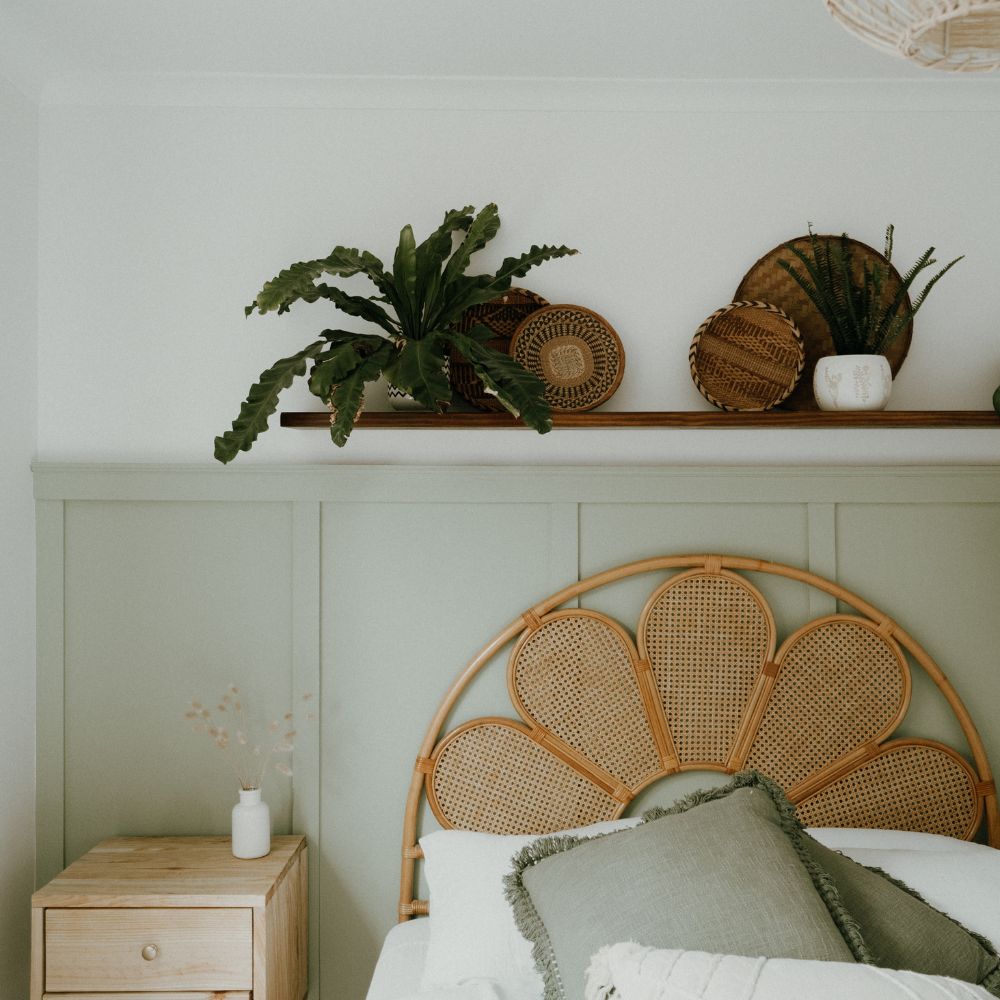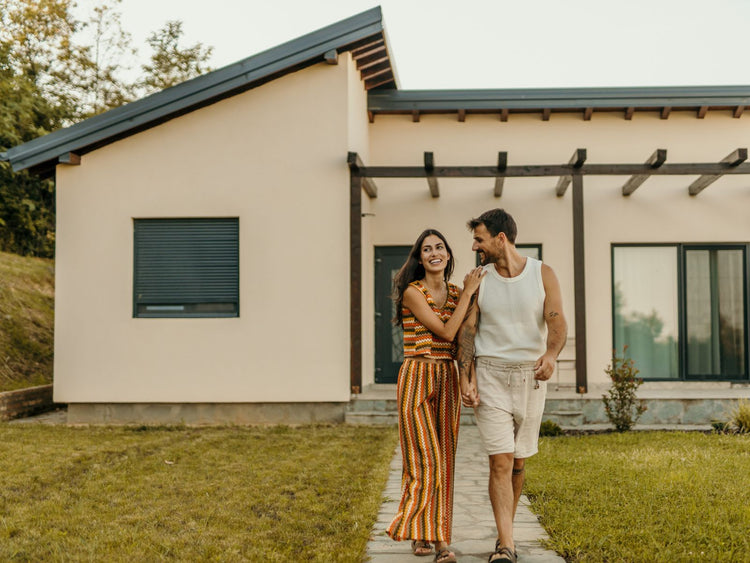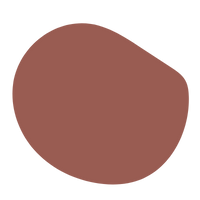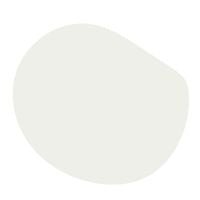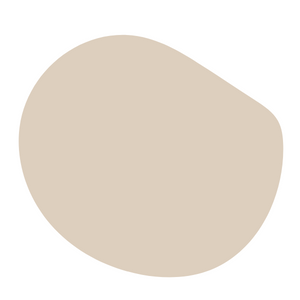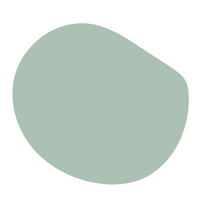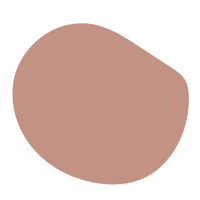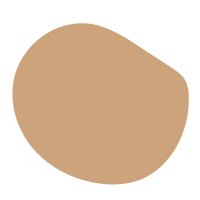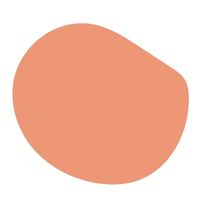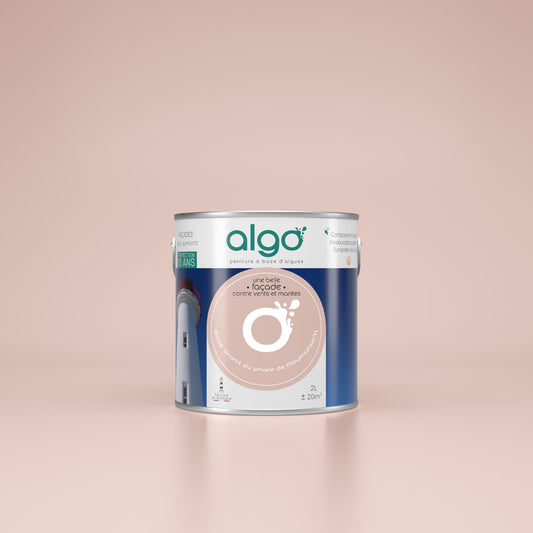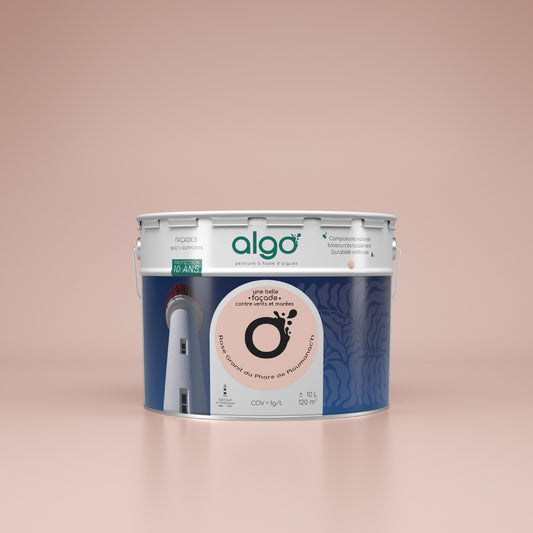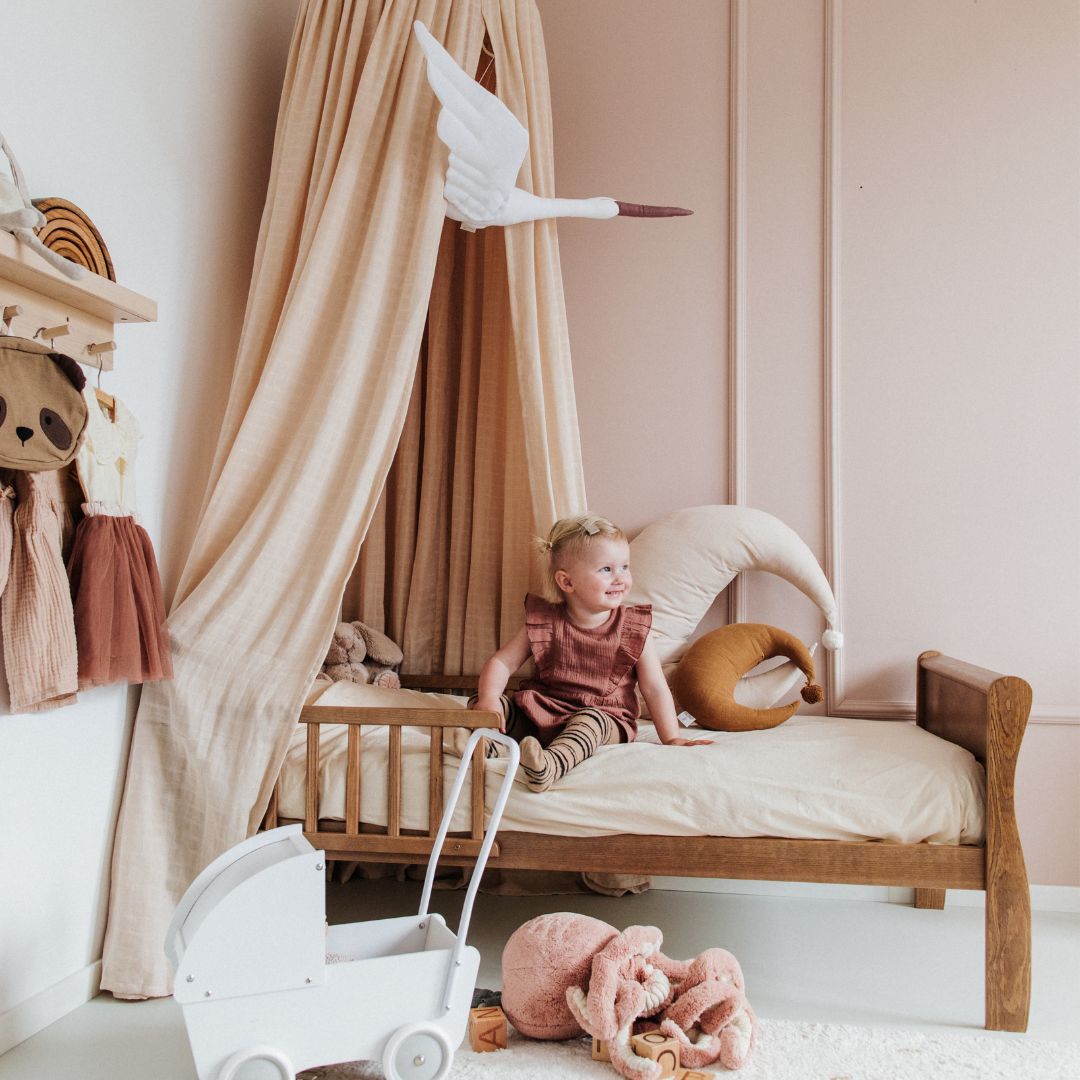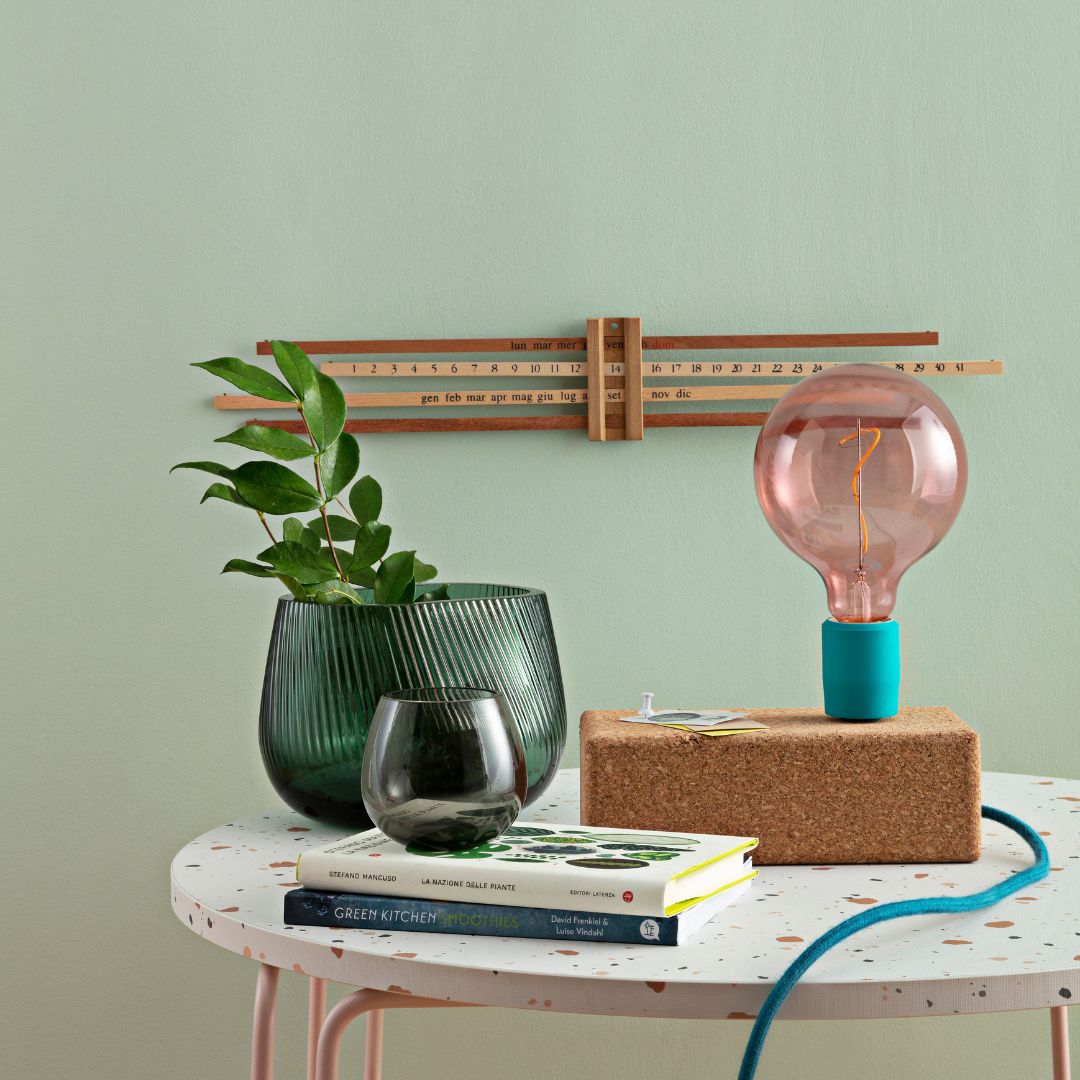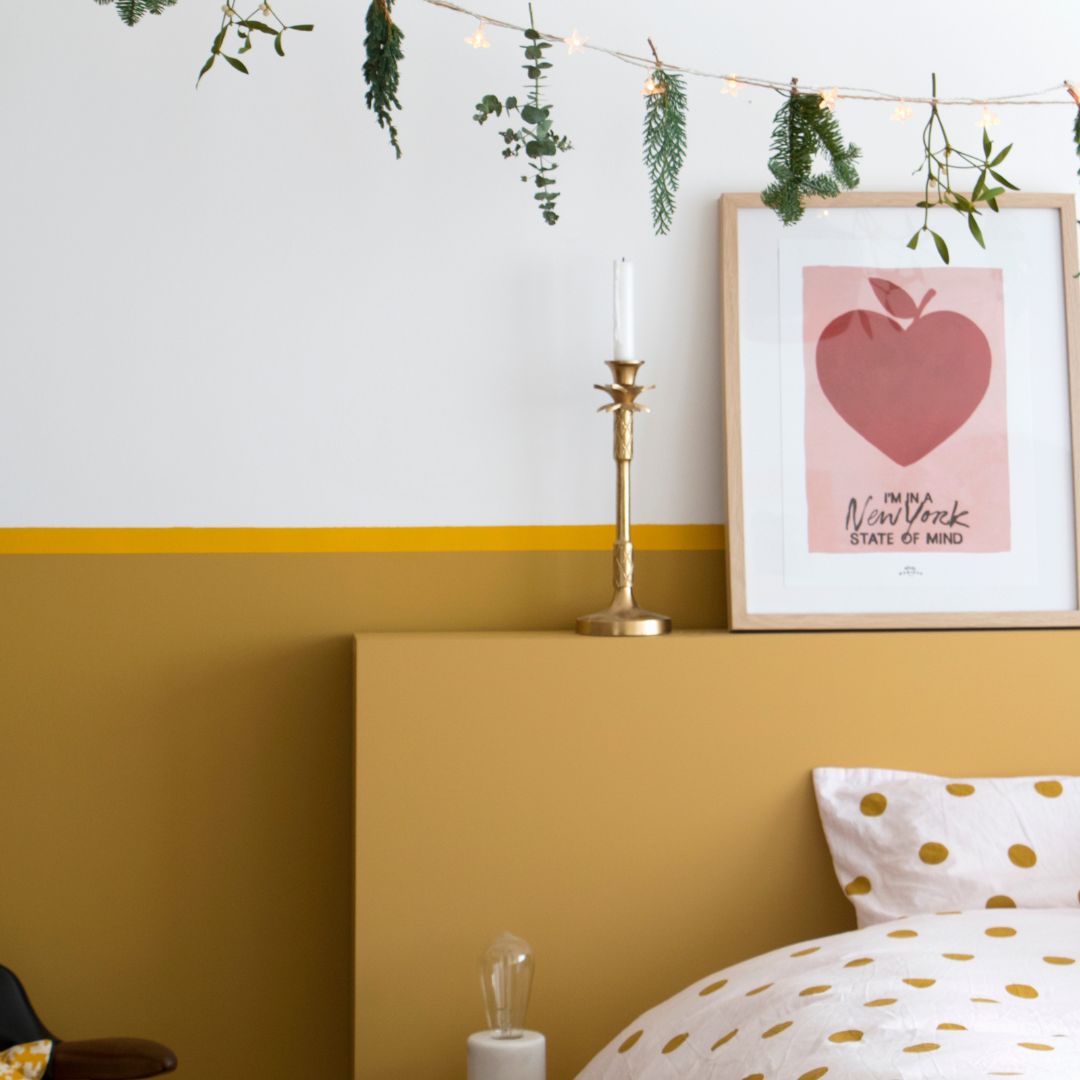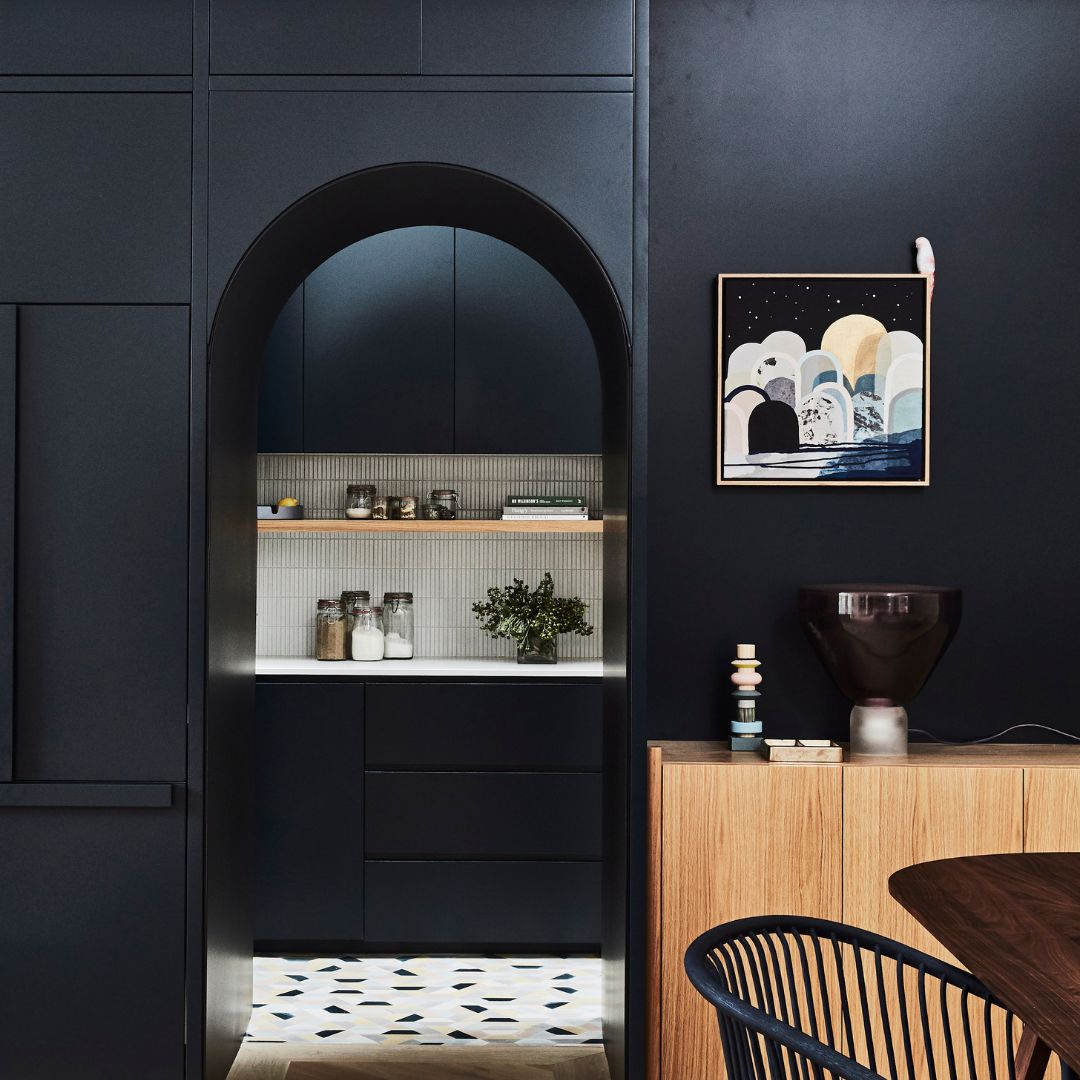-
Exterior facade paint Rose Algo - based on scallops Rose Granite from the Ploumanac'h Lighthouse
Regular price from From 39,90 € ttcRegular priceUnit price 19,95 € ttc per l
Choose your colors with ease
-
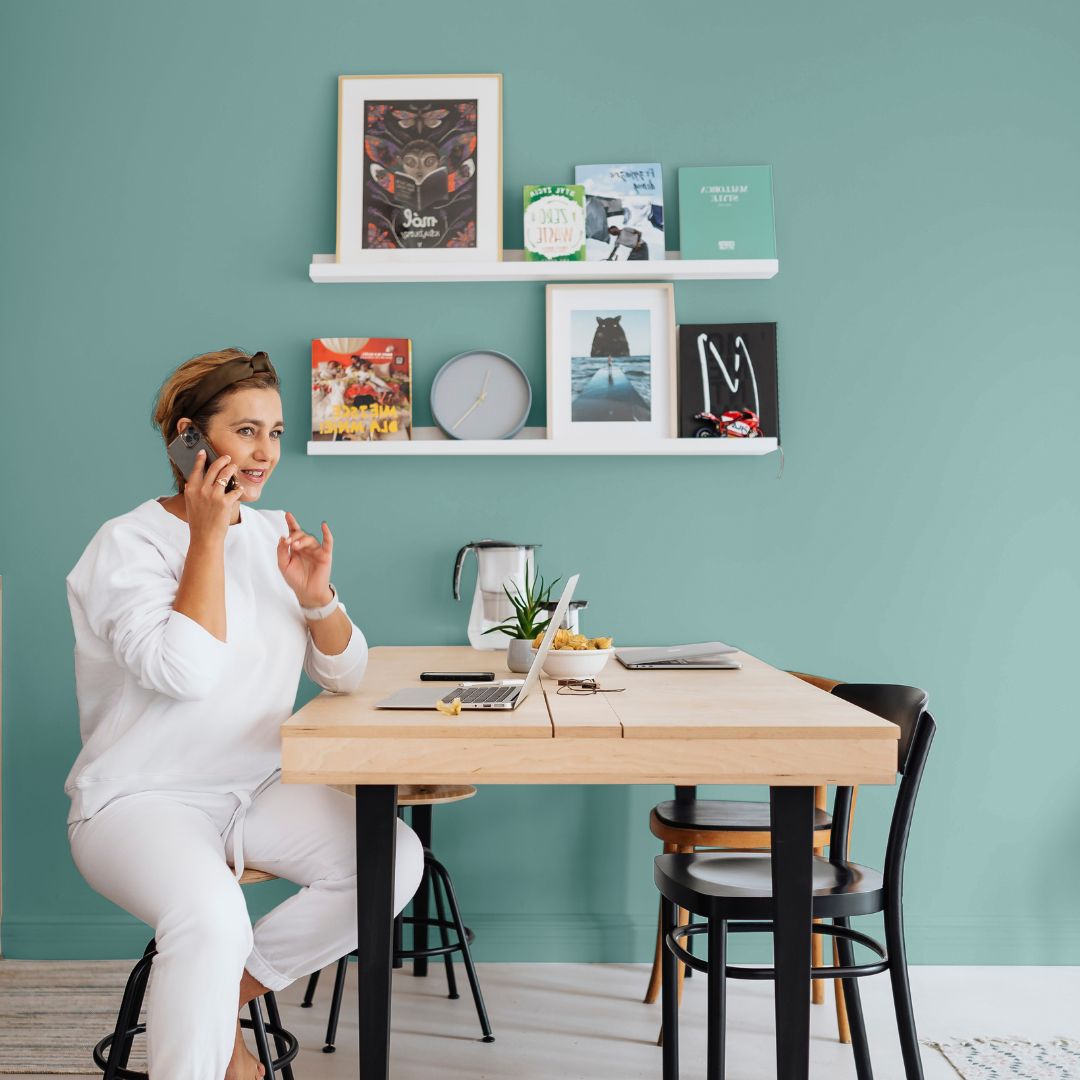
Find the perfect shades with our color consultant
Book your free coaching -

Easily choose your shades with our samples
See our 100 samples -
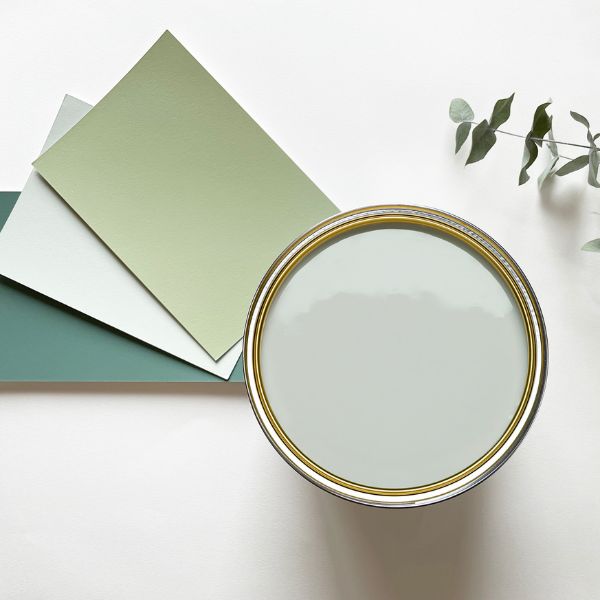
Fall for our magnificent color harmonies
See our color harmonies
-

Fast delivery
and neat -

A service
top customer! -

More than 2000
verified reviews -

Payment
secure
Which facade paint should you choose?
If you doubt the importance that the choice of color brings to your exterior: imagine a home without facade paint.
Two major problems will then arise for you: first, your house will be vulnerable to the vagaries of the weather and the test of time. This may seem trivial, but facade paint is a product that will act as protection against bad weather, UV rays, sea air, pollution, etc.
Secondly, this will diminish the aesthetic appeal of your home. So, now is the time to consider the type of paint you'll use to renovate your exterior walls.
Acrylic, silicate and pliolite paint
As you probably know, there are several types of paint that you can apply to your facade: while they all have certain advantages, they are not always recommended from an environmental point of view.
Indeed, acrylic, silicone or silicate paints are not devoid of solvent-based raw materials and are therefore not eco-responsible, although they provide the necessary elements to offer good durability over time.
Choose an ecological and natural paint for your facade
Beyond these so-called “classic” paints, the Algo paint range offers a real alternative with this range of ecological facade paint based on scallop shell, which is an element very rich in calcium carbonate and necessary for the quality of an exterior paint.
Meeting the protection requirements of a traditional paint in every way: Algo's facade paints are highly resistant thanks to the incorporation of scallop shells, providing a shell to the paint, guaranteeing resistance to climatic hazards, UV rays, and also bad weather. Its average coverage is consistent with that of a traditional paint, with up to 10m²/L per layer applied.
Our facade paints are therefore mainly composed of water, bio-sourced resin, pigments and limestone and mineral extracts in addition to the recovery of scallop shell powder.
How do I paint my facade?
There are two important steps to painting or repainting the facade of your house: the first is surface preparation and the second is the actual painting. Here are our recommendations for a successful project.
Prepare your surface
As mentioned in DTU 59.1 (unified technical document), the condition of the surfaces must comply with its requirements to obtain the best possible result on your support.
Whatever the exterior wall covering (cement, concrete, render), it is important not to skimp on the means and preparation of the facade.
First, clean your facade with a high-pressure cleaner to remove dirt and dust that has accumulated over time.
Deep cleaning will then allow you to analyze your facade and identify any imperfections in the surface.
Imperfections can be varied, but are most often cracks or flaking. In this case, you will be advised to repair your exterior rendered walls before applying the primer. To fill in imperfections, use filler and ensure the surface is even and smooth before continuing your work.
Finally, stripping, although time-consuming, is recommended if paint has already been applied: this will greatly strengthen adhesion.
Apply the paint to the facade
Before you start painting, make sure you have the right tools!
Indeed, the tools you use to paint your exterior walls are not the same as those you use for wall painting. For example, the paint roller must be different, as it requires greater resistance on more rigid surfaces, which is why you will be offered a 24 mm roller.
Algo paint is a product that can also be applied by spray gun to surfaces such as facades. When applying with an airless spray gun, a higher dilution is required than for roller application (up to 10% for spray gun application versus 5% for roller application).
The primer, which acts as an undercoat, will ensure the adhesion and coverage of the matte finish paint and thus provide a better finish: it is also a very good way to obtain the most faithful color possible.
The finish is applied in two coats, respecting the drying time indicated between each coat.
Painting the facade is ultimately not that complicated, however other subtleties exist, notably on the choice of colors to be applied to the facades which are regulated by what is called the PLU.
What color should I apply to my facade?
You may have noticed that the range of colors offered for facade paint is less selective than our range of interior paint or furniture paint.
The reason is very simple: the choice of colors to be applied to facades is regulated by what is called the PLU (local urban planning plan). Before any facade work and applying your rendered walls, it is therefore necessary to obtain authorization and to take note of the colors authorized by the PLU of your municipality or city.
Our range of facade colors is therefore sufficient to meet your work needs: our range extends from pure white to anthracite gray.
The great classics for facades remain off-white, millstone or stone tone and sand beige.
However, depending on your location, there may be colors that stand out based on regional identity. This is particularly the case in the Basque Country.
Stone tone, a basic color in facade color
Stone is a color that is very often used on facades. It is a very common shade and is used to affirm a sober and luminous character to the facade of your house.
This is a light shade inspired by limestone: it is subtly tinted with beige and light ochre. There's no risk if you use the stone tone, which is a timeless color.
The millstone, a slightly more marked color
Millstone is a more pronounced color than stone: its warm undertones can make millstone appear more yellow and pronounced than stone. As mentioned for stone tone, this shade is a must-have for renovating your facade.
How much does facade painting cost?
As mentioned earlier, repainting the facade of your home is essential to preserving its aesthetic appeal. It's essential to budget for the renovation of your facade.
The price of facade paint depends primarily on the type of facade paint you're going to use for your renovation. For example, the price will vary depending on whether it's acrylic or pliolite paint.
The quality of the facade paint you choose is also an important criterion depending on the intended surface, the concept of impermeability and the universal concept of the paint you are going to use on the wall of your facade.
At Algo, the price of facade paint varies depending on its packaging: we offer 2- and 10-liter containers. The facade paint therefore comes in at a price of €39.99 for a 2-liter can and €99.99 for a 10-liter can, making it a paint with a price per liter of less than €10.
